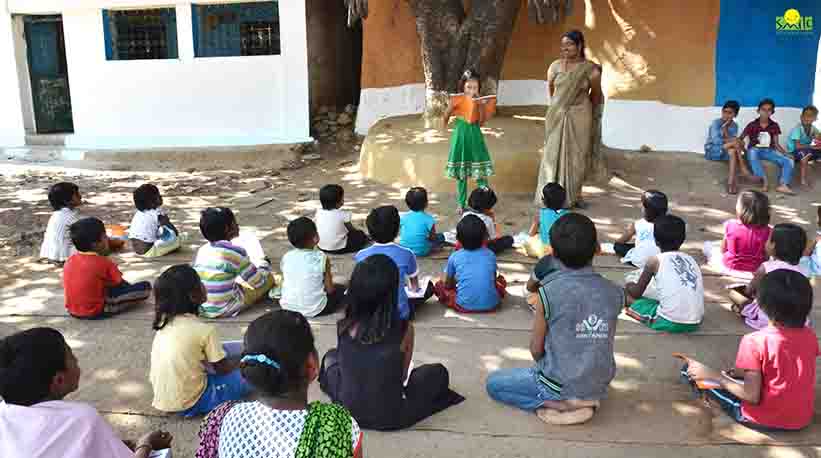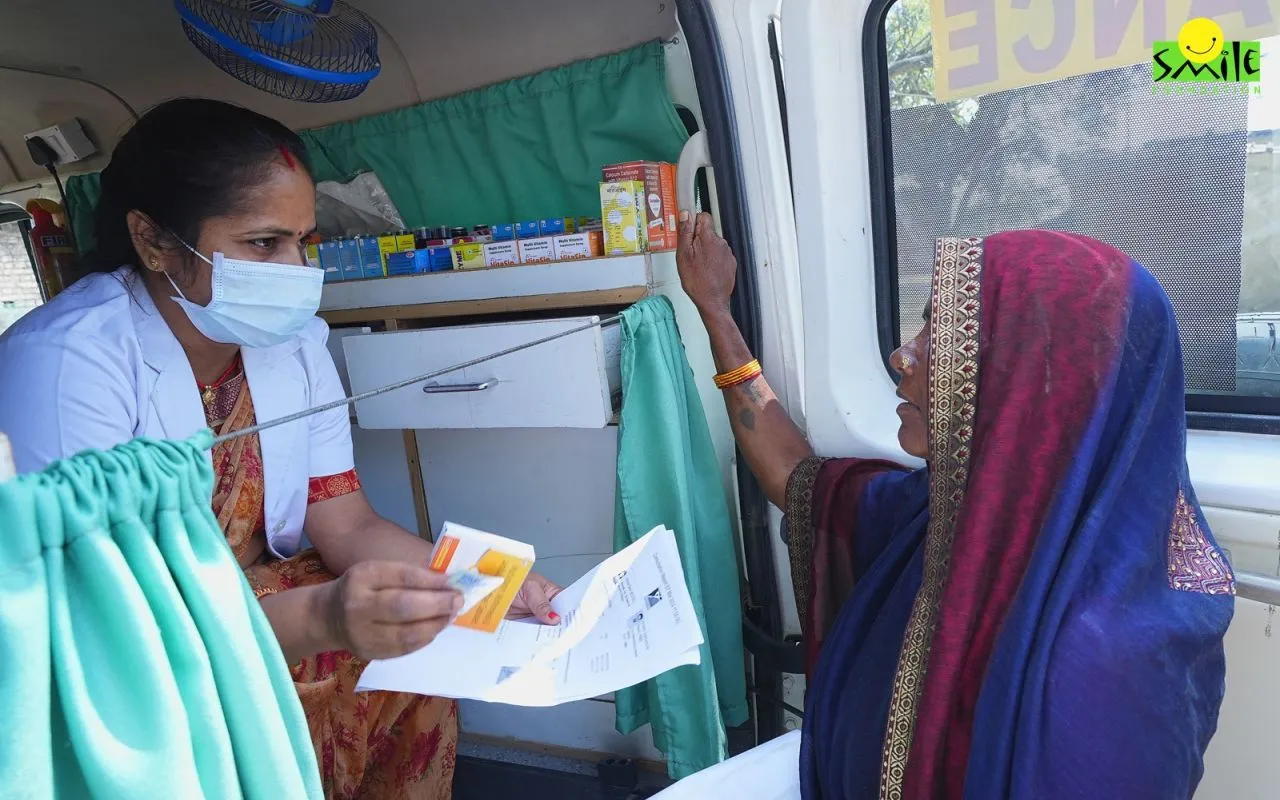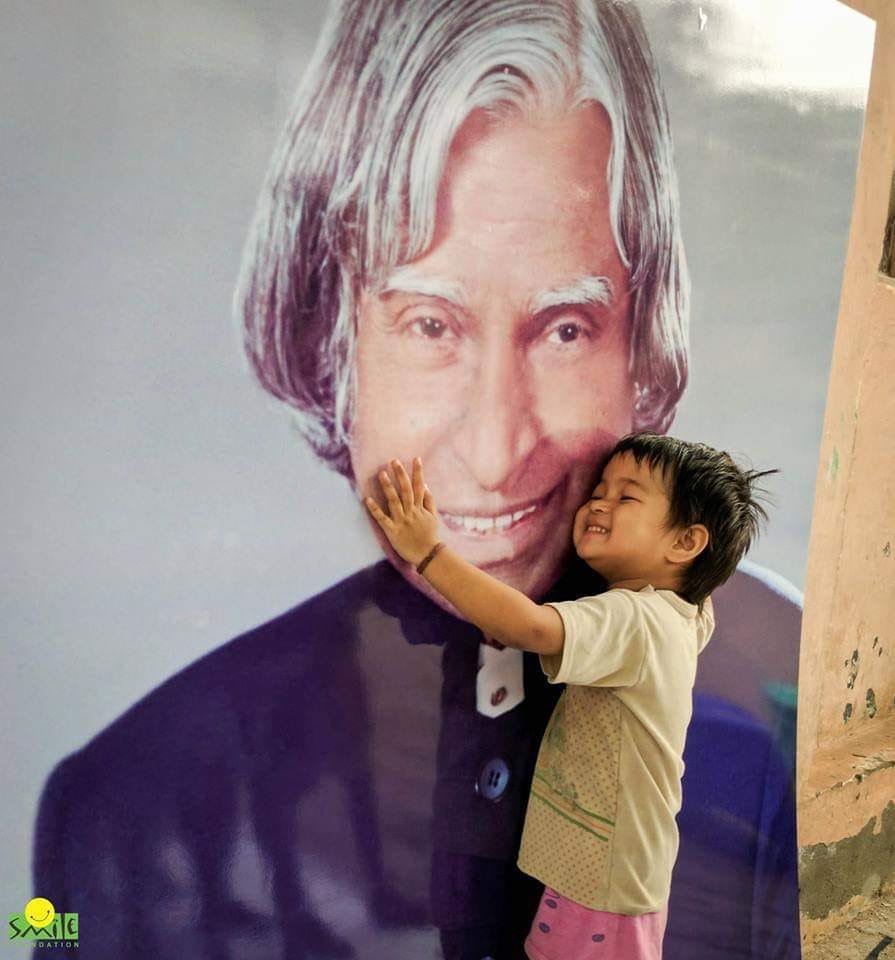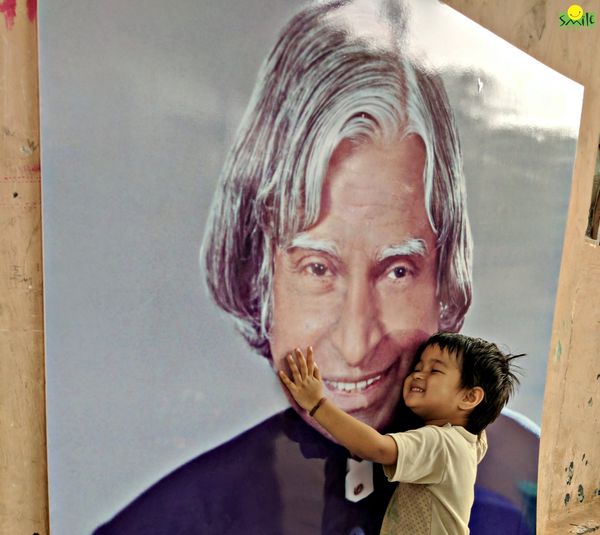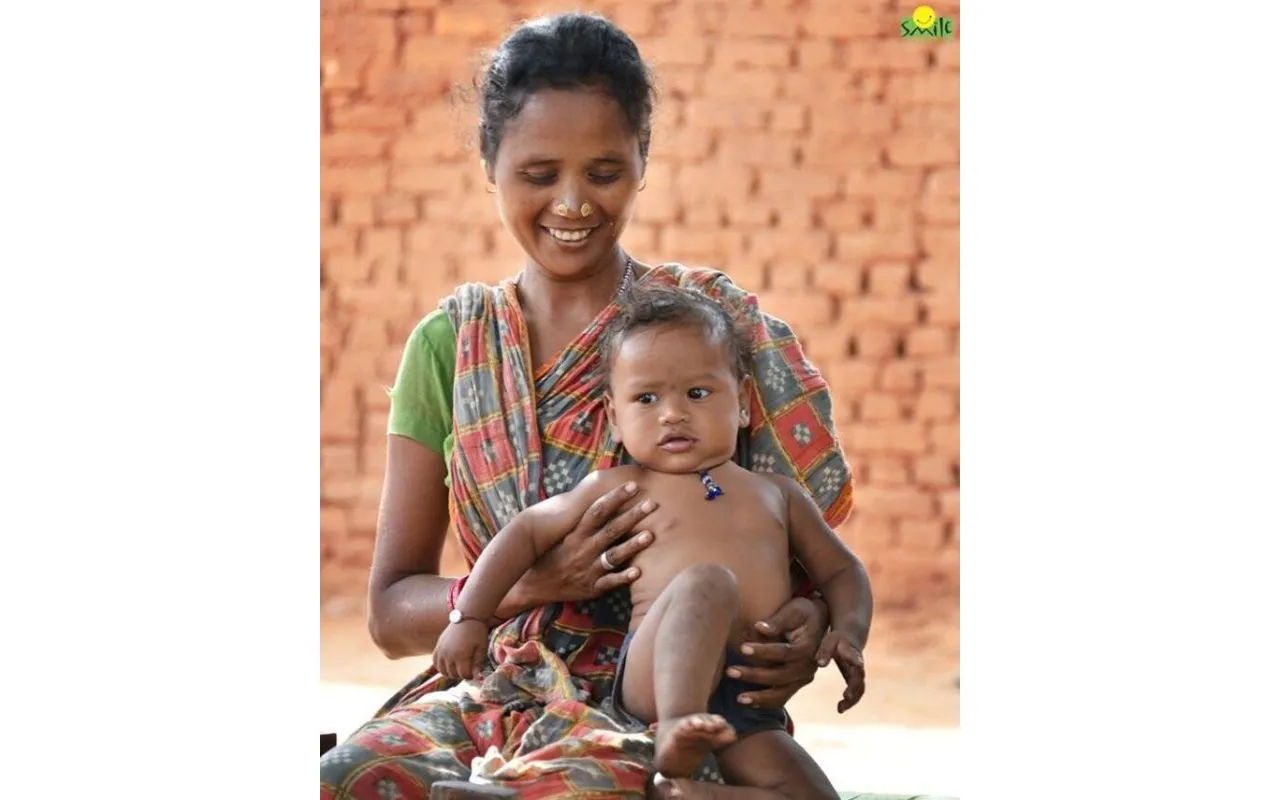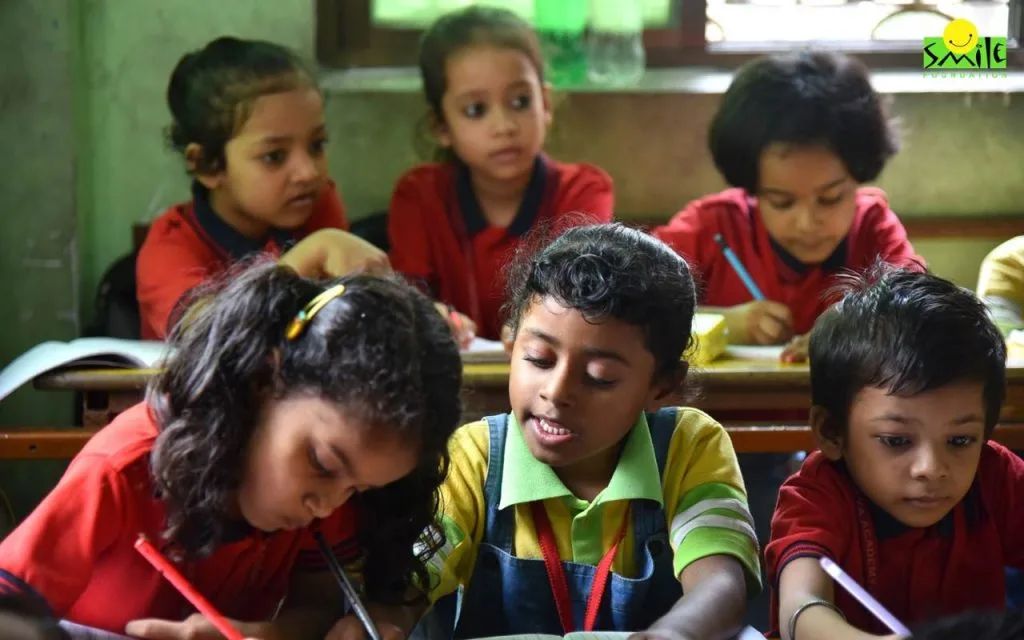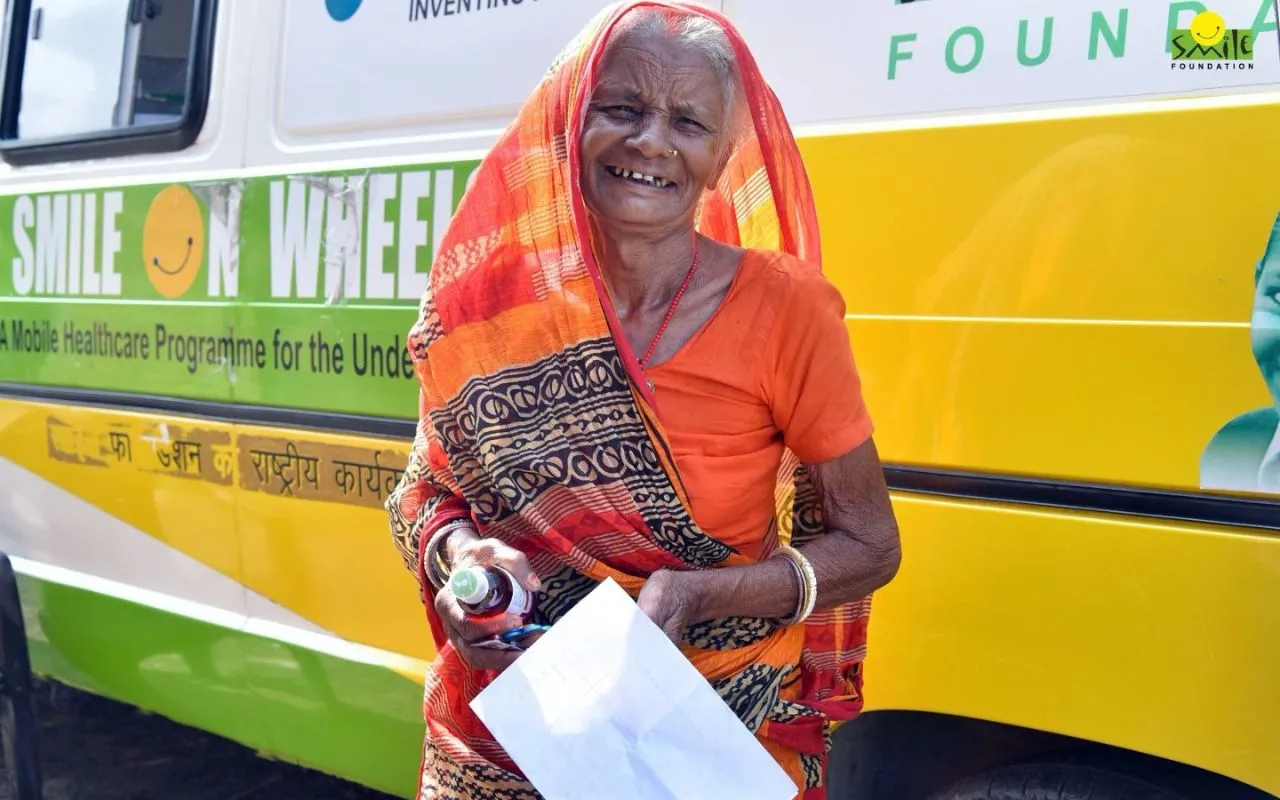The Annual Status of Education Report (ASER) shows that even though the number of students attending schools in rural areas of India is rising, more than half of the students in fifth grade are unable to read a second grade text book and are not able to solve even simple mathematical problems. It is time that we recognize not just literacy, but also quality education and applied knowledge as a basic need and fundamental right of every child.
A sizeable segment of our population continues to reside in the villages. However, access to quality education in rural India is still very limited. Efforts have been made to improve the scenario, but the progress has been slow and unevenly spread across the country. Remote, faraway and cut-off villages with little or no administrative interest are usually the last to avail of amenities – be it private or public.
Lack of well-trained teachers and a highly skewed student teacher ratio are major drawbacks that abate the advancement of the education system in rural India. Most rural areas have primary schools that provide free of cost education, but due to lack of committed teachers, we are not able to establish a firm foundation and love of learning in the younger children, because of which they lose interest in continuing further studies. The quality of education should be high right from the start which needs to be laid down at the primary level itself. This will become a factor which can turn India into a strong nation.
Another problem is the absence of middle and senior secondary level education institutions in the villages. The children often have to travel long distances amid difficult terrains – traverse hills, forests, and deserts to reach the nearest school, which serves as a deterrent for both the children and their parents. It is imperative to sensitize parents and help them understand the importance of education and how it can end the vicious cycle of poverty and be the beginning of a dignified and empowered future for their children and also for the whole family. Instead of looking at their children as extra hands at work in the farms or forests, they should be encouraged to send their children to school and get a proper education. Emphasis should be paid on the education on girls, and doing away with regressive customs such as child marriage.
The traditional teaching methods also need to be revised to enhance engagement and interest of the children in the classroom and beyond. Simple things like relating the textbooks to the children’s cultural values can pique the curiosity of the kids, making them attentive and responsive. The school curriculum should involve extracurricular activities and fun-learning exercises to improve the morale of the students. The reasons for drop outs and low attendance should be investigated in spite of free education. This becomes a major hurdle on the way to progress. Improvements should be made in the school infrastructure, and teachers should be given performance based incentives as motivation to bring out their best in the classrooms.
There is a difference between children in urban and rural areas, not in terms of potential, but their learning environment, skills, cognitive abilities, availability of infrastructure, and access to proper facilities. With proper administration and assessment, we can achieve positive results and ensure that education in rural India is at level with that in urban India, and becomes a model system that is emulated by the world.
To Know about our education program please log in to https://www.smilefoundationindia.org/education.html



